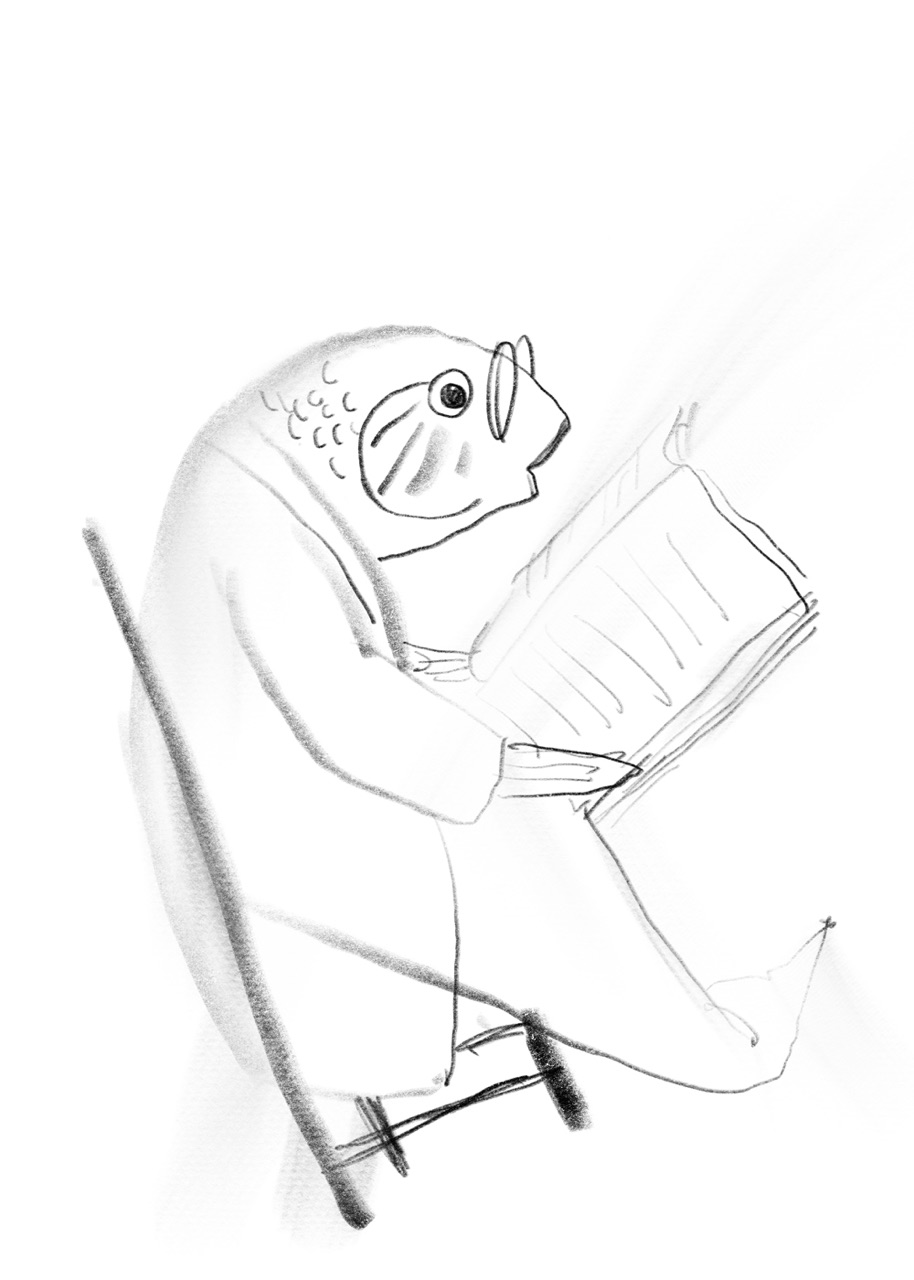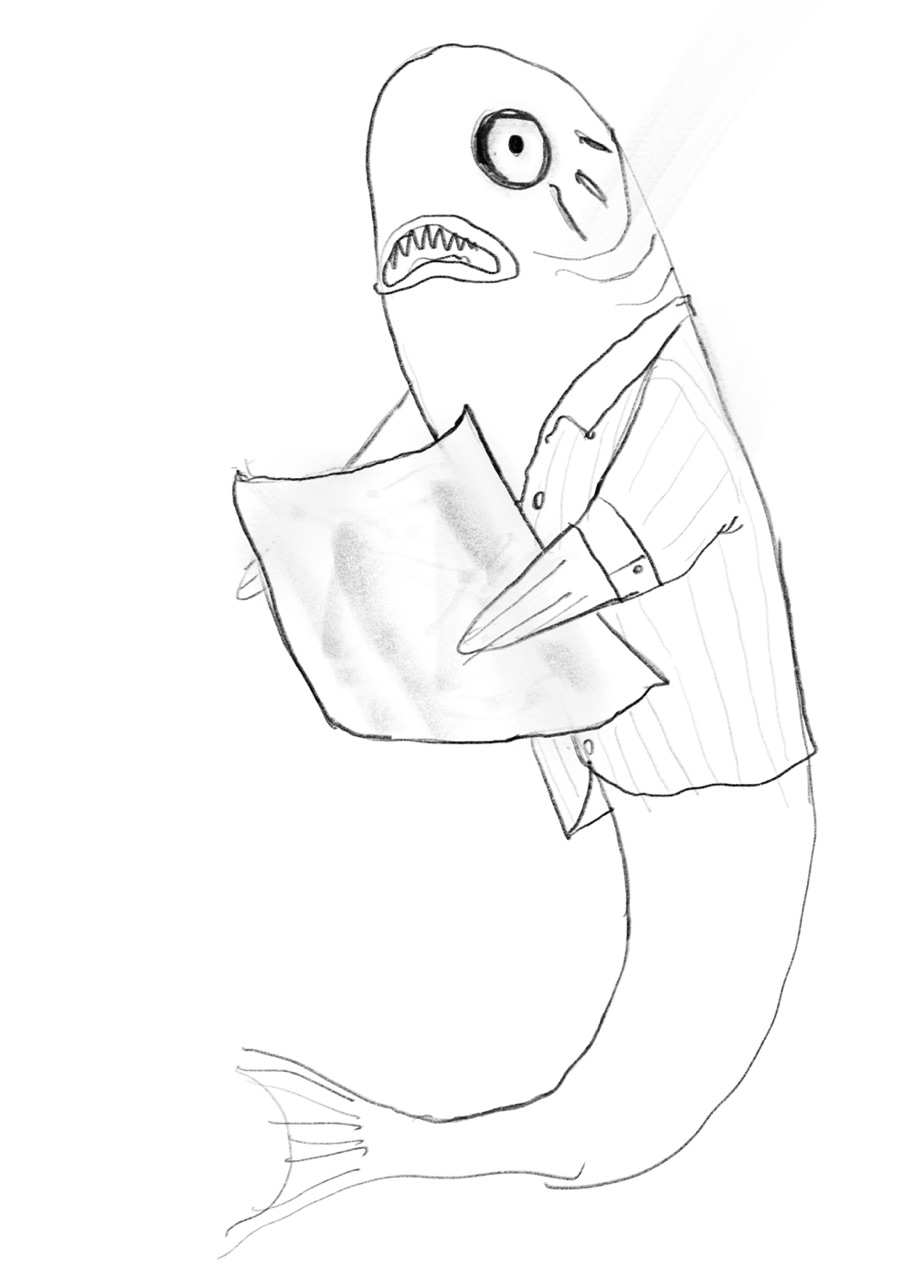Anonymity.
An Essay in Three Parts. III.

In the two previous parts to this essay, we looked a little at the history of anonymous writing in general, and then at some interesting cases of anonymous writing about art. One of the questions that we asked was: Is it imaginable that collective anonymity could serve as the basis of a revival of critical writing? Collective anonymity was certainly a feature of both art making and critical practice in the 1960s and 1970s—and some managed to do both.

